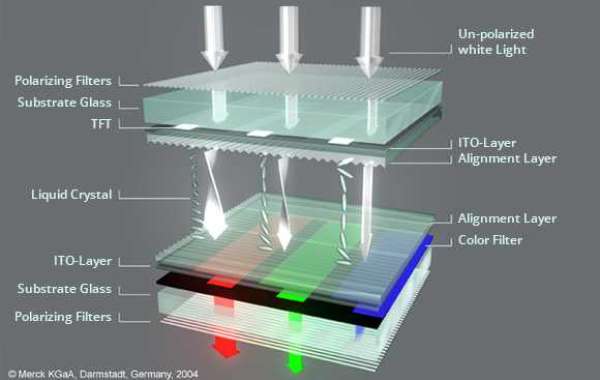
How LCD Displays Contribute to Ventilators
Ventilators are one of the significant discoveries to date. It is an important part of medical facilities where the employees use to keep their eyes on ill patients. The worldwide health crisis has compelled humans to be stressed on ventilators. Today you will find cost-effective ventilators due to the collaboration of car manufacturers so that people can overcome this disease. Unfortunately, there is one ignored sector that participates in the making of medical devices which is the display sector. Here you will find how LCD displays contribute to ventilators.
How Displays Used In Ventilators?
Evaluating and monitoring patients all the time is an important parameter for any medical process. This is why LCDs displays are used to see the readings of the patients. Ventilators have a different priority among all medical devices. Pressure, flow, and volume is the three types of tracings that this equipment produces.
Ventilators and Display Technologies
The clinical staff managing these devices required as well as the other factors such as the location setting as well. The parameter of the device is based on the machine and readings as well. Some of the common types of LCD displays are PLEDs, LCD, AND OLEDs with touch screen panels. Some of the displays are assembled below:
Types of Displays Used in Ventilators
There are misconceptions about LCDs, OLED’s and TFTs. However, each of the displays has its own special characteristics:
LCD’s
Liquid cooling displays show microscopic liquid crystals that need to be changed depending on the voltage offered. Changed orientation consists of polarization of liquid crystals, which help to generate light or dark pixels on the screen. The majority of the LCD displays can be readable in sunlight which allows viewers to view in dark light conditions.
TFT
The expanded form of TFT is a thin film transistor; it is also commonly referred to as an Active TFT LCD module. Here you can witness an array of film transistors that are crafted on the glass. The transistor of the display refers to each pixel on the LCD screen. Some of the characteristics of these displays are thin, light, clear and complex screen,
OLED
An OLED display consists of multiple dots and one of the best parts is that each dot can be illuminated. In this way, you are able to create some light. It has a greater viewing angle than other types of displays.
E3 Displays is here to support the business with flexible displays. They provide such displays which have features like anti-glare, anti-reflective, and anti-fingerprint. These features have been introduced to combat finger marks and reflected light.




